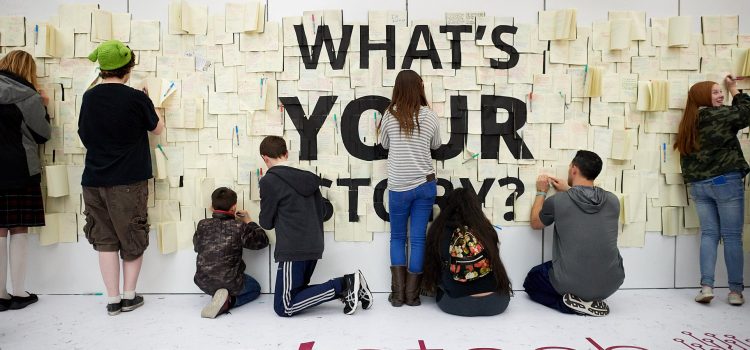
RootsTech 2020 captured me from the start. The theme: “RootsTech 2020 The Story of You” was a celebration of 10 years of RootsTech and it was something special and something near and dear to my heart. It feels like my life’s work to teach and help people to tell their stories. It felt like everything at RootsTech accentuated that. This year, I had the great opportunity to present several times, attend classes of other great presenters and be engulfed in the richness the keynote speakers had to offer plus have some great one-on-one interview and “a-ha” moments. There were five key points that really shined for me. It all came together and enhanced as the week went along after Leigh Ann Tuohy’s keynote speech. She talked about the moment her family first saw Michael Oher, the son they would adopt. They passed him on the street in a neighborhood he didn’t live in and Leigh Ann turned to her husband and said, “Turn Around.” He did.
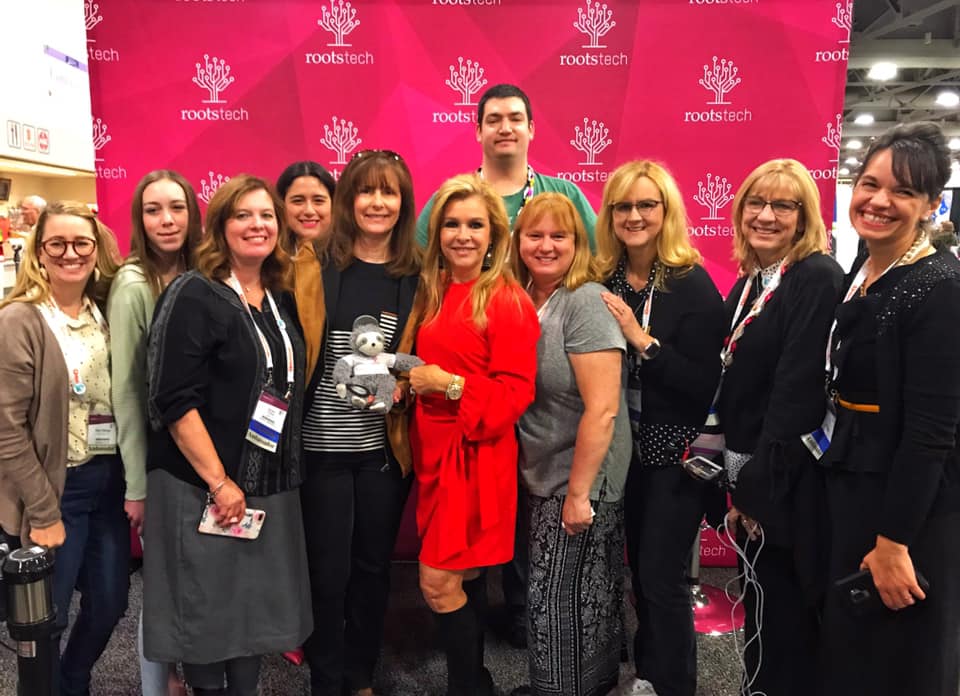
They picked up Michael and their lives were forever changed. At that moment I realized a lot of moments in my life and others with storytelling relates to “turning around.” Here are my 5 turn arounds:
1. Turn Around and Capture Your Story
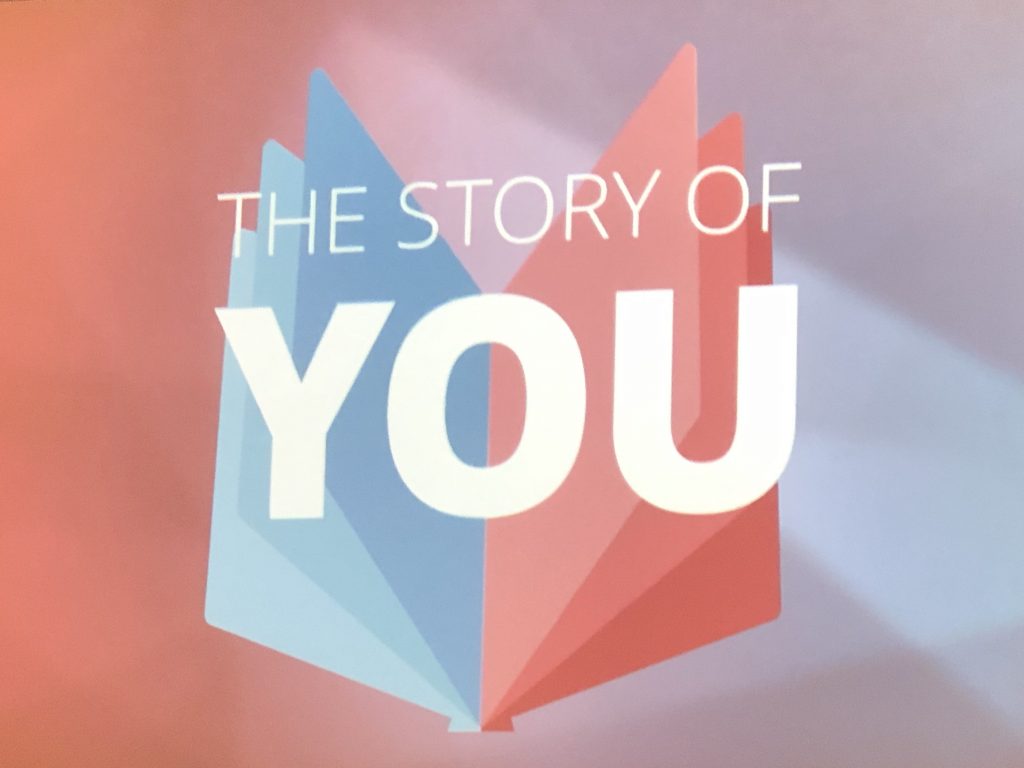
We often forget when working on family history that we are a part of family history. There will be a day when someone would give anything to hear your voice or read your story. Don’t forget to include yourself in the equation! In the opening keynote, FamilySearch CEO Steve Rockwood talked quite a bit about this idea. “Family history is continuously being written. Your story matters. We don’t just study family history. We live family history,” he said. That hit my heart. Sure, I’m living family history, but am I recording it? How often am I uploading photos with short stories to the FamilySearch memories app? In an interview with Elder Kevin Hamilton during RootsTech, he told a group of us the power we hold in our hands every single day. “We have our entire family trees in our pockets and in our hands,” he explained referring to our cell phones. He suggested that we take advantage of that – adding to our trees, but also telling our own stories – sharing the stories and posts we share on social media to our family history apps. It’s something that seems so simple and now it’s time for me to slow down, turn around and act.
2. Turn Around to Capture the Living’s Story
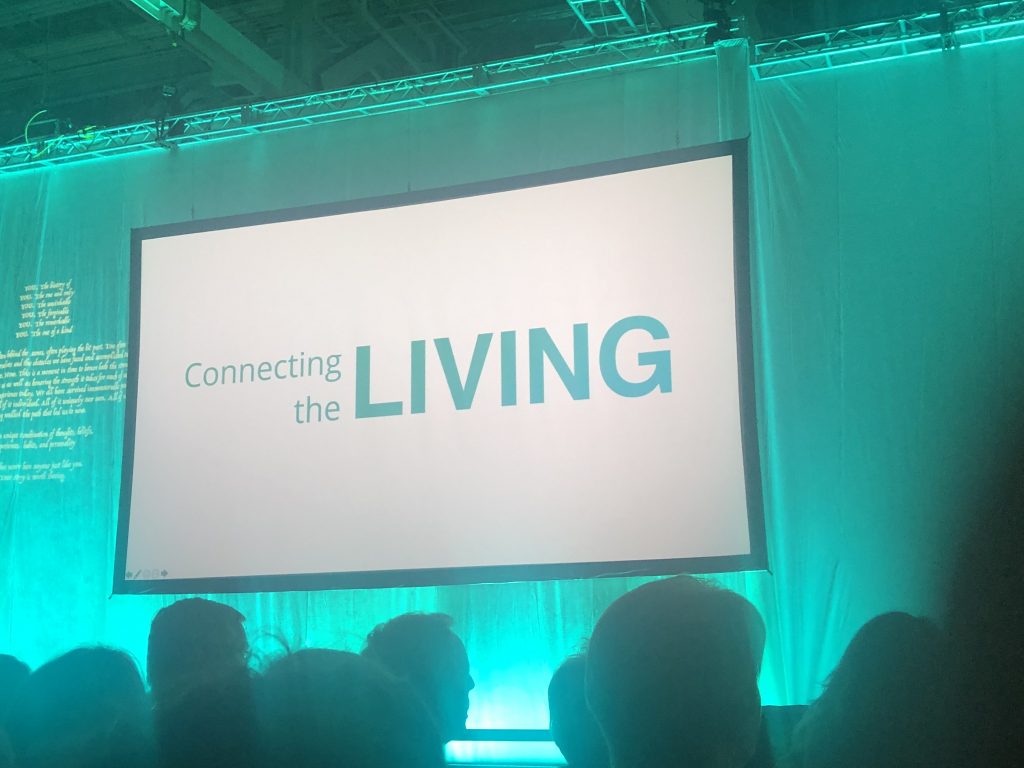
Wow! This is one of my favorite take-a-ways. We often think that family history is only to tell the story of those who have gone before us. It’s not! We need to capture the stories of the living. I loved Rockwood’s story during the opening keynote of his sons recording their grandma’s story and creating instagram pages to do so. He talked about how a weight was lifted from her and the joy it brought their families. What a message. We put so much weight on ourselves to tell our stories! All we need to do is reach out to a family member, friend or professional and have them record our stories. It doesn’t have to be a marathon. It can be an hour or two a week. We will form bonds with who we work with and it helps us to see how great our lives truly have been. “We as an industry are ready to focus more on the present,” Rockwood explained in an interview in the media hub at RootsTech. “That doesn’t mean we are abandoning the past,” he added. But he sees the two being equally important. “We need to start focusing on the future by capturing the present,” he added. What a concept! Now, since we have the technology to digitally do so much, we should be recording those histories and writing those stories now, while we continue to find those who have gone before us. It’s a big job, but it is doable. We don’t have to eat the whole elephant at once.
3. Turn Around to see who’s behind you – The youth are ready!
I have thought this every year as I have attended RootsTech, but RootsTech 2020 opened my eyes in a big way. On Wednesday night of the conference, RootsTech offered a bevy of activities for a free youth night for kids ages 11-18. They were expecting a crowd of 3,000 to 5,000. Guess what? Over 20,000 showed up! They were eager, excited and ready to learn about their ancestors. They took virtual reality tours of the homelands of their ancestors, they got out of “escape rooms” from lands of their ancestors too. They also compared faces with their ancestors and famous people of the past. One of my best moments of the conference came when my daughter and group of her friends were asked what they knew about the Family Tree app. All the girls lit up. They started chattering and sharing what parts of the app they liked best and how often they use the app. It made my heart swell to see their interest and feel their excitement.
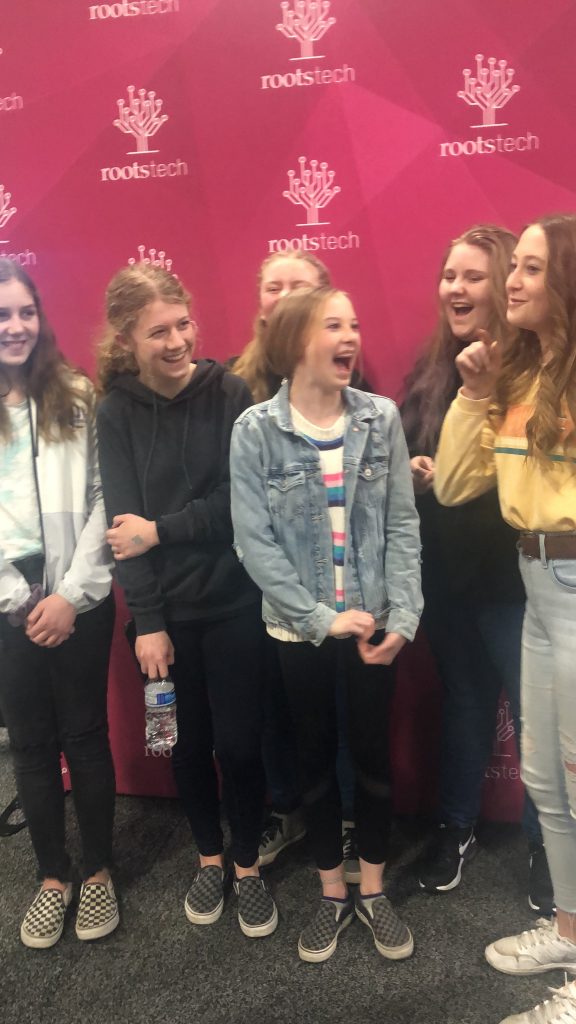
I also enjoyed hearing Merrill White from FamilySearch share about a new app that is being developed for 8- to 11-year-olds for them to learn more about their family history. It has games which customize with their favorite things. It asks them questions about themselves to capture who they are at that age. Priceless! They can create their own stories – fiction or non-fiction -and they can also build their own fan charts. The app is still in beta testing and should be ready to launch in about a year. I can’t wait.
In all, one of the biggest messages I left with is that youth are ready – even the 8-year-olds. We need to use their resources, their ideas and their sheer brilliance with technology. They will take us into the future of family history, capturing the stories of the living and the dead and we better hold on to their hands so they can drag us along!
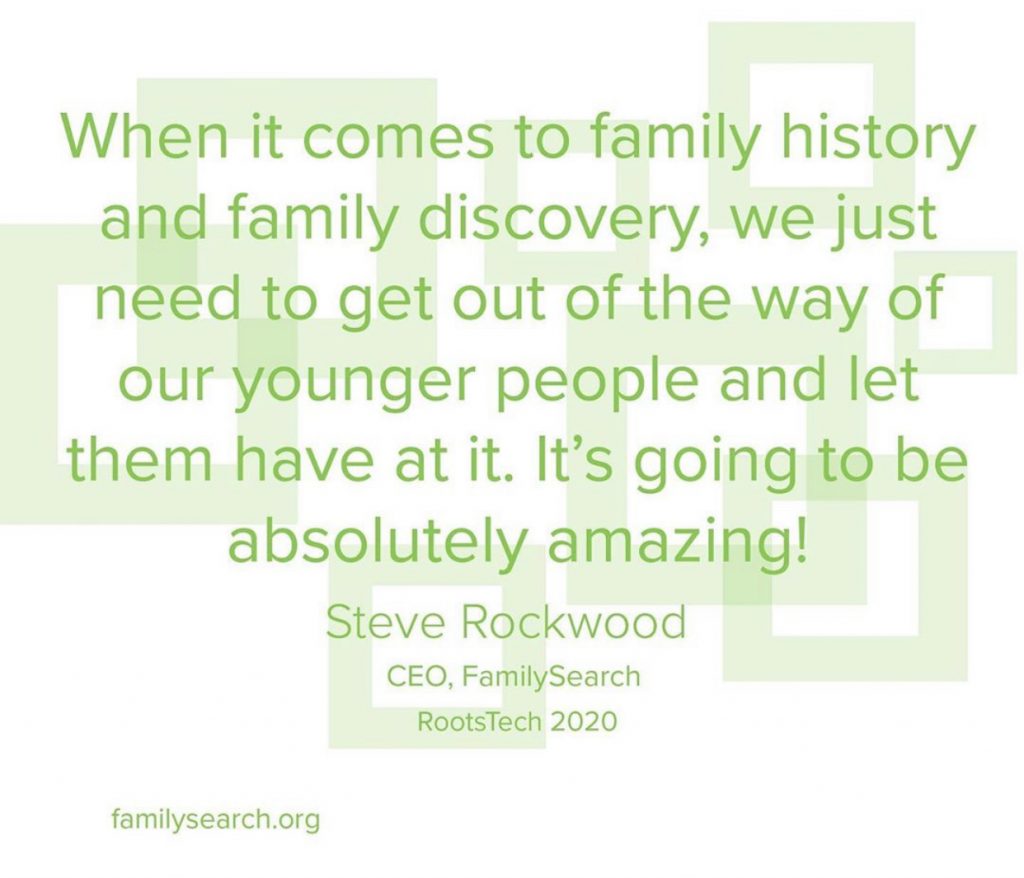
4. Turn Around and Snap a Photo
If we didn’t think photos were a big part of the conference this year at first, by Friday we were entrenched in it. David Kennerly’s keynote was a beautiful history log of photos and a wake up call for all of us to take photos and record the stories behind them. Photos chronicle history like nothing else can. “The power of photography is something that all of you use in your research. It really is able to move mountains,” Kennerly said. And he’s right. I have watched over the years as people tell about their photos. They come alive. Tuohy even spoke to this idea in her address. When her adopted son, Michael, was able to see pictures of his biological family she said it was like Christmas for him. It touched his heart and hers. The connections photos bring are real. But the biggest thing we need to do is to record the stories that go with the photos. Technology has made it easier for us to do this. We can write a caption with a photo when we post it on social media or any family history site. With the FamilySearch memories app, we can even record a five-minute description of our story.
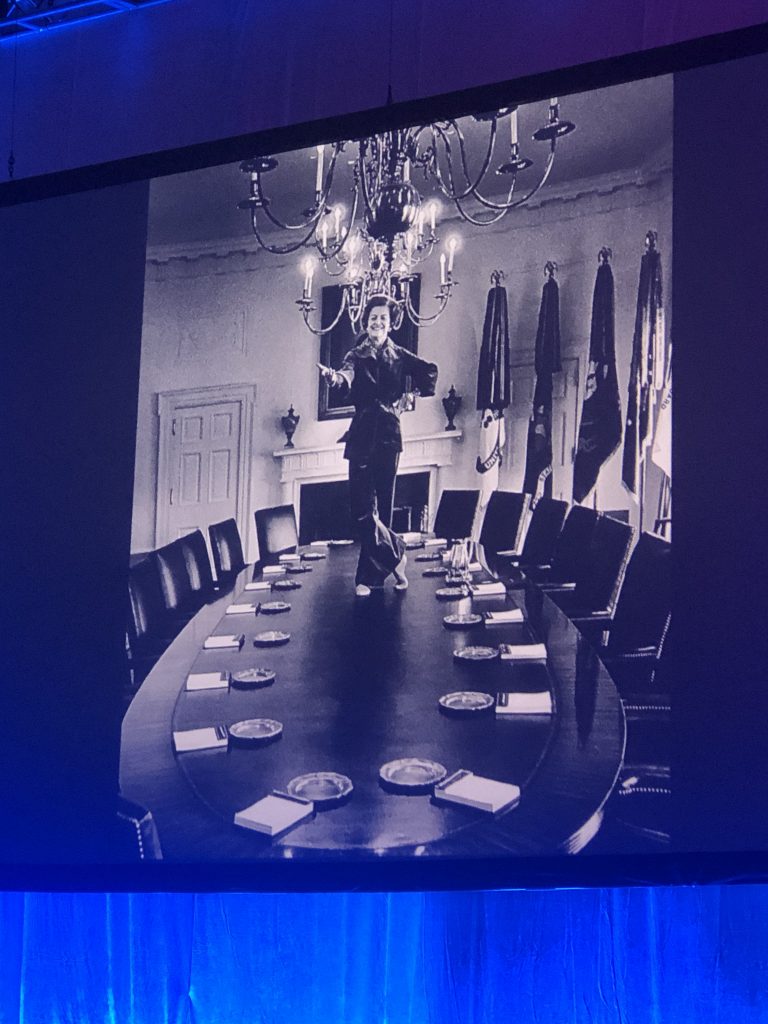
5. Turn Around to Find the Angels Around You to Help Tell your Story
It was inspiring to hear football great Emmitt Smith speak to this idea. He talked about his ancestor Mariah that he discovered while researching his ancestry. “She kept our family together,” Smith explained. He talked about how through his life he knew she was pulling for him – helping him. After he heard her story he realized what an integral role she had always played in his life. “I appreciate my process and where I am today because I stand on the heels and shoulders of giants,” Smith explained. He also felt as if he had set his ancestors free by discovering them. I think we all feel this to a point. It’s also important to let living angels help us too. We can all work together to find our history. Don’t be afraid to ask someone to help with a certain topic that may know more than we do. At the same time, also offer help to someone who could use the strengths that we may have. Hamilton spoke to this specifically. There is absolutely no competition between us,” Hamilton said of the different family history groups. “We are to complement each other,” he added. And that is true of individuals in the work as well. Complementing each other helps us to reach our end goals of telling fabulous stories.
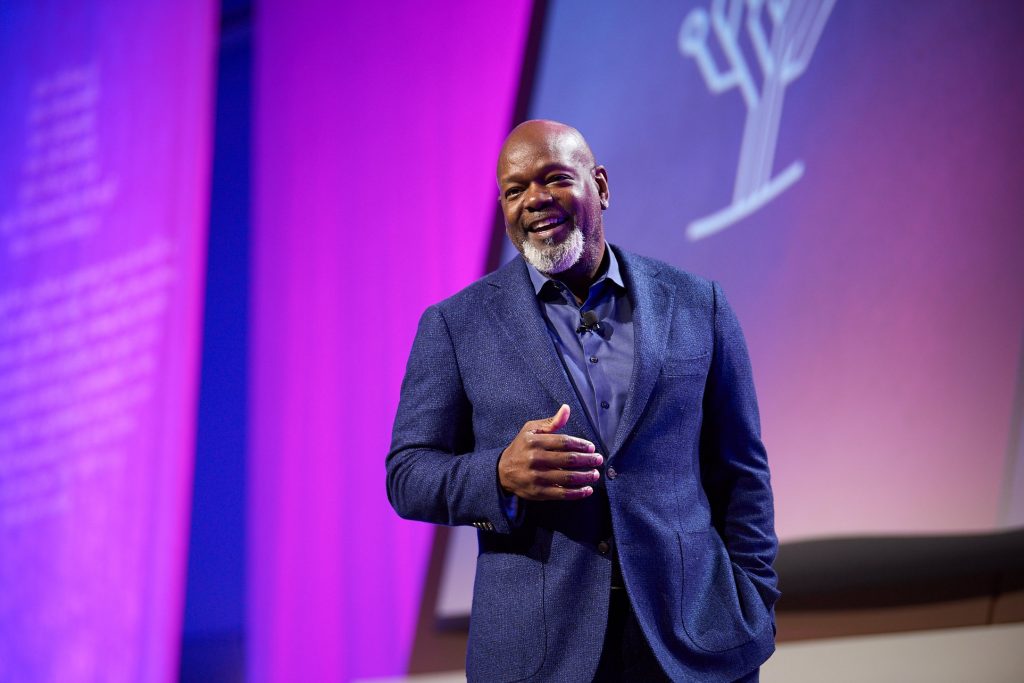
RootsTech 2020 – The Story of You, Truly Was the Story of All of Us!
I was sad to see the doors close on the last day of RootsTech, but I feel a renewed energy to tell my own story and help my kids to know who I really am. I’ve already written about it in my journal – my storytelling medium of choice right now – and I am going to encourage my kids to find theirs this week. RootsTech is always the shot in the arm I need to stay on the family storytelling journey. If you’d like to relive any of the moments or couldn’t make it to RootsTech this year, check out the many live-streamed sessions here, including they keynotes. Hint: I may be on one of those sessions! Also watch for the virtual pass sessions to be coming out in the next bit. Hint: Rhonda and I are on one of those! If you want to learn more about the classes we taught, click here. We would love to share!


Rachel J. Trotter is a senior writer/editor at Evalogue.Life – Tell Your Story. She tells people’s stories and shares hers to encourage others. She loves family storytelling. A graduate of Weber State University, she has had articles featured on LDSLiving.com, Mormon.org and Meridian Magazine. She also loves to teach about writing, interviewing and storytelling. She and her husband Mat have six children and live on the East Bench in Ogden, Utah.
